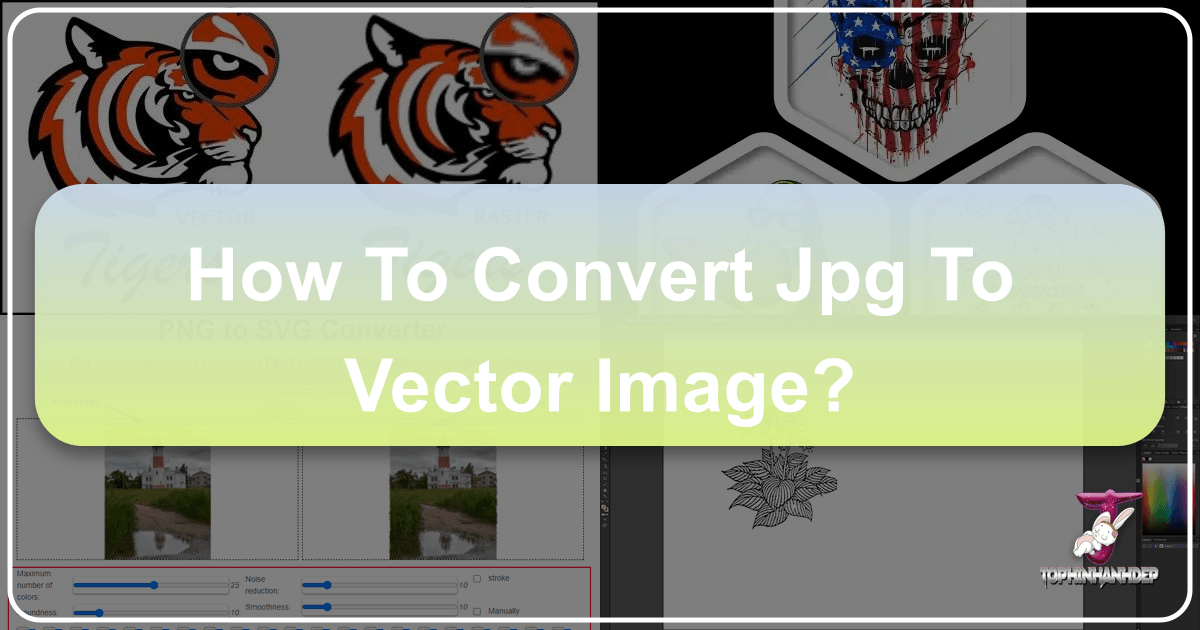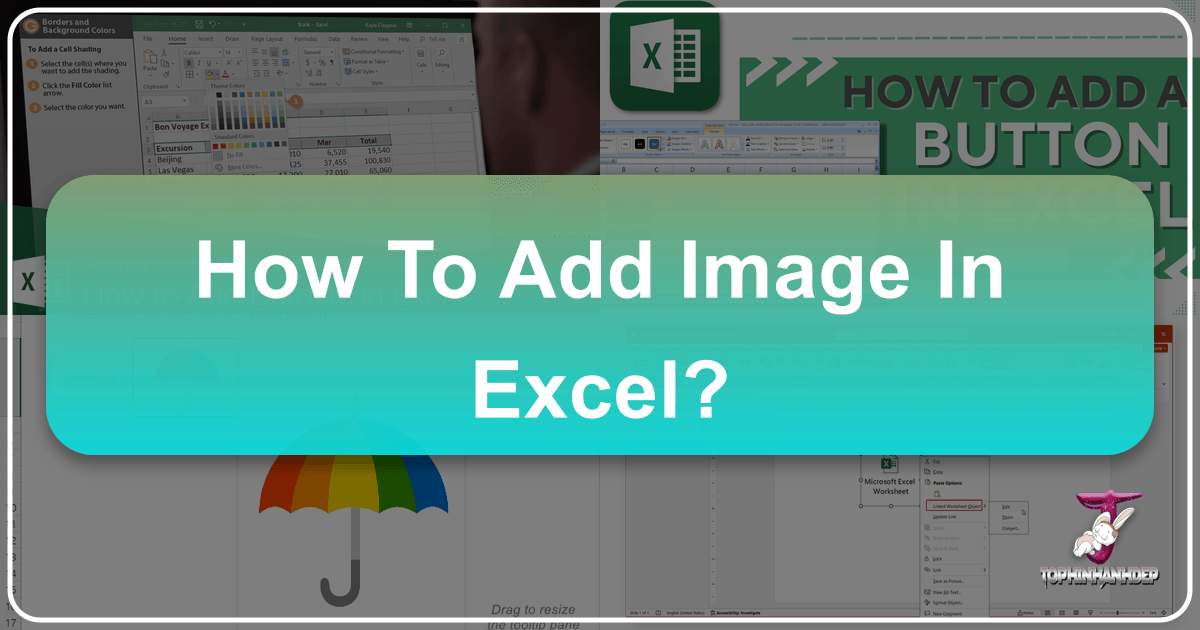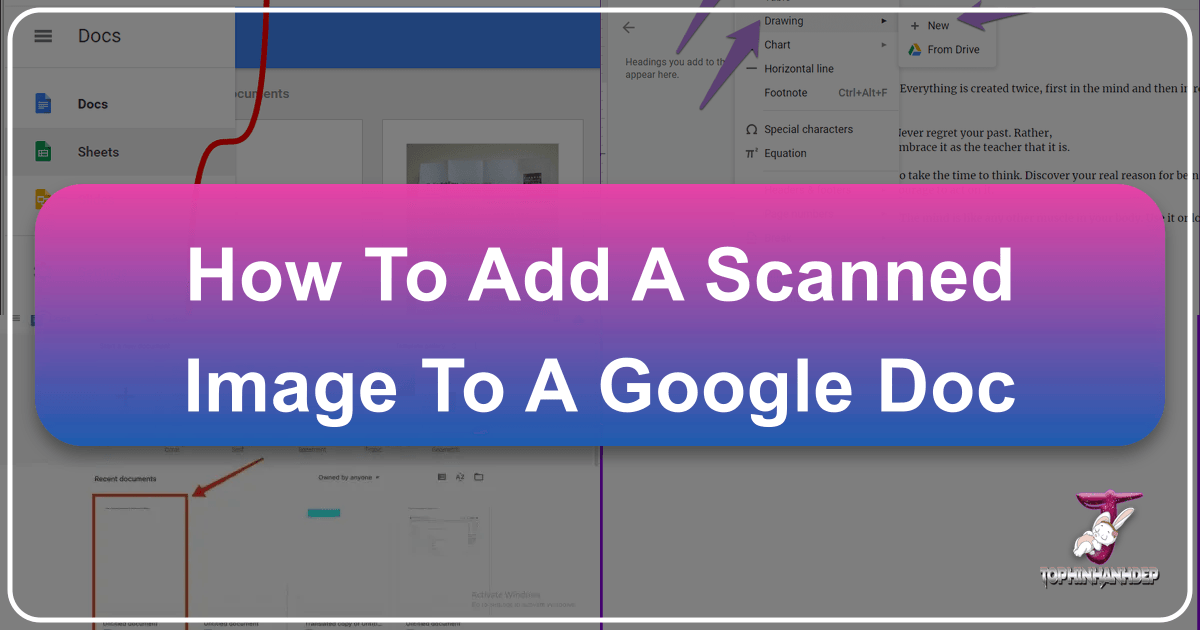Mastering Background Removal: Your Essential Guide to Flawless Images
In the dynamic world of digital content, the visual appeal of an image can significantly impact its effectiveness, whether for professional marketing, personal projects, or artistic expression. A cluttered, distracting, or unappealing background can detract from the main subject, diminishing the overall quality and message of your photograph. This is precisely why understanding how to remove a background from an image has become an indispensable skill for anyone working with digital visuals.





